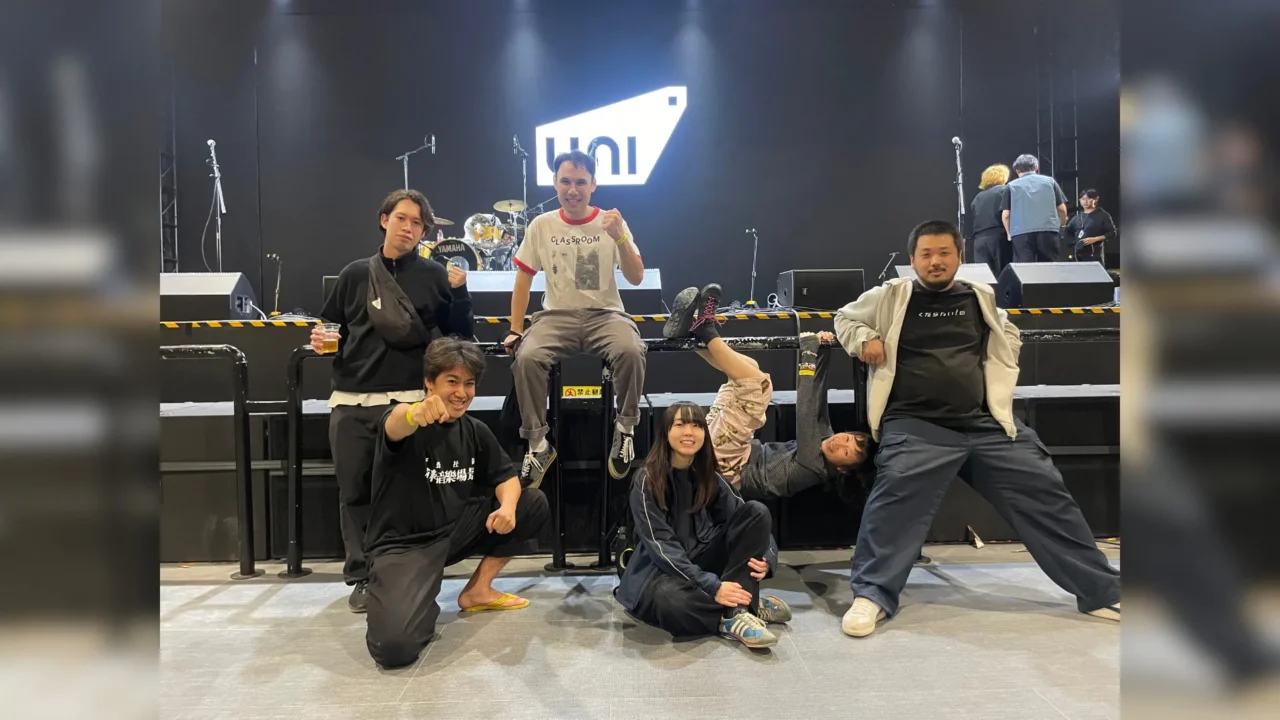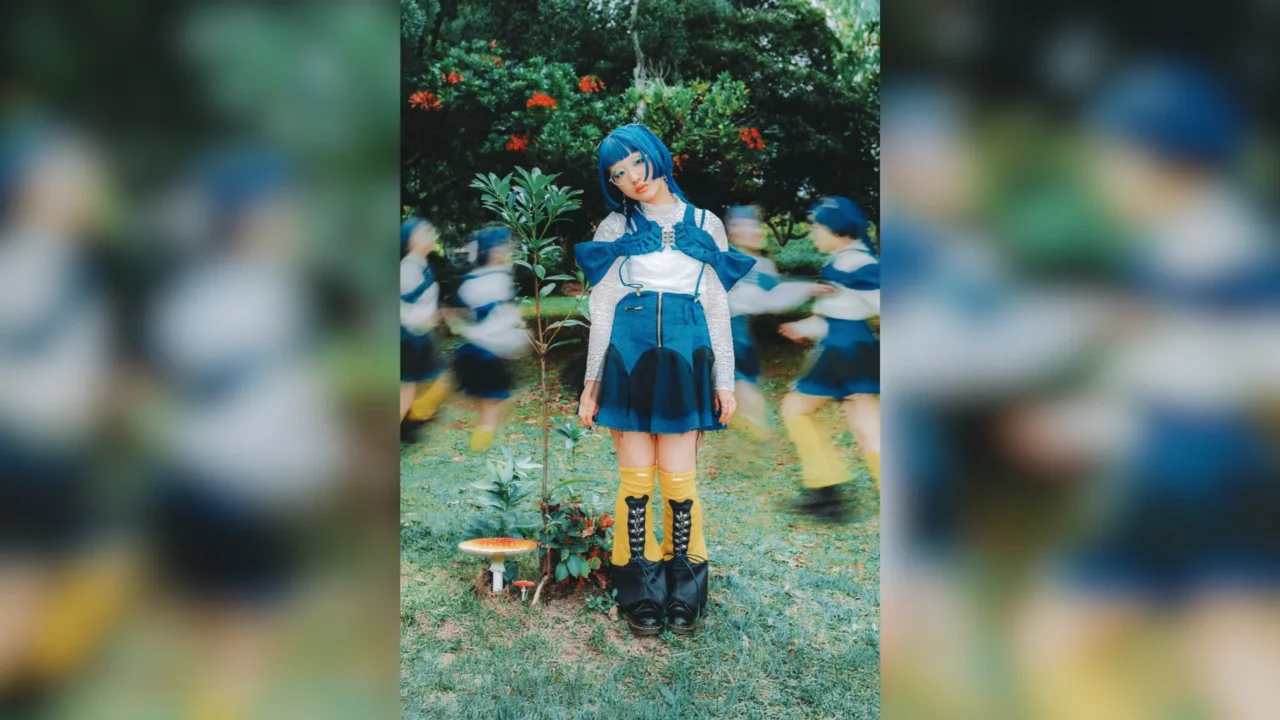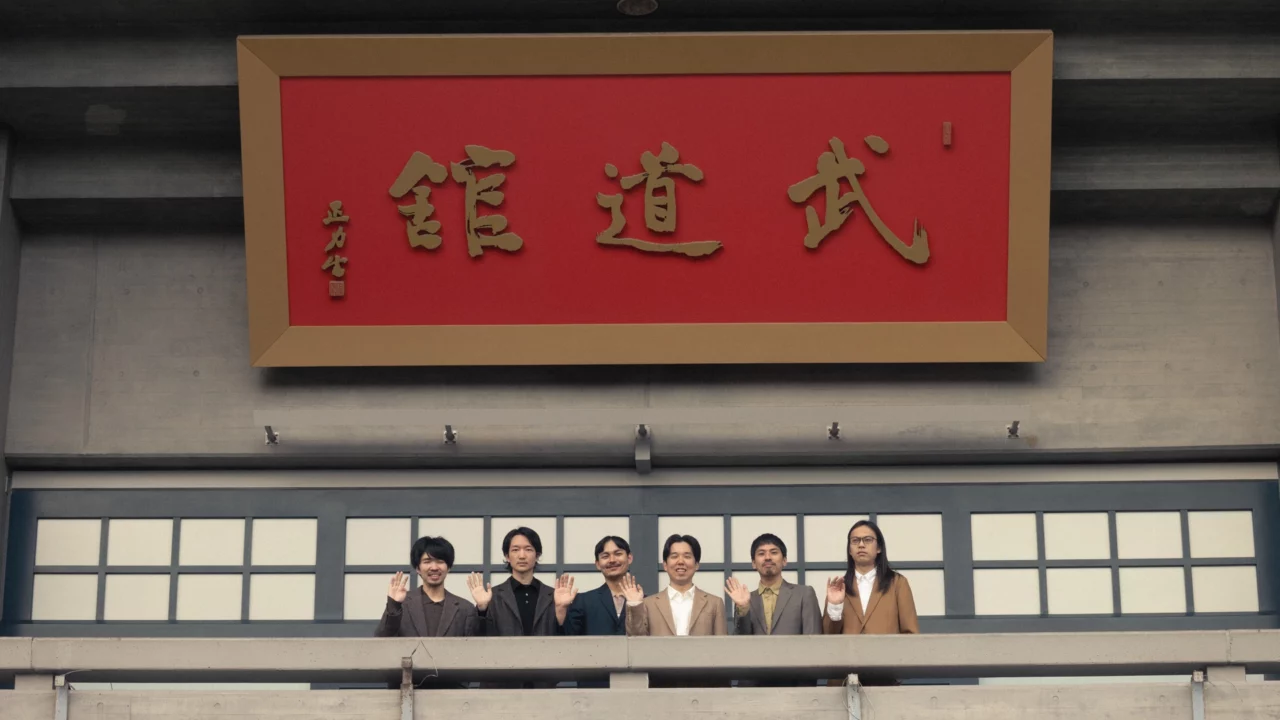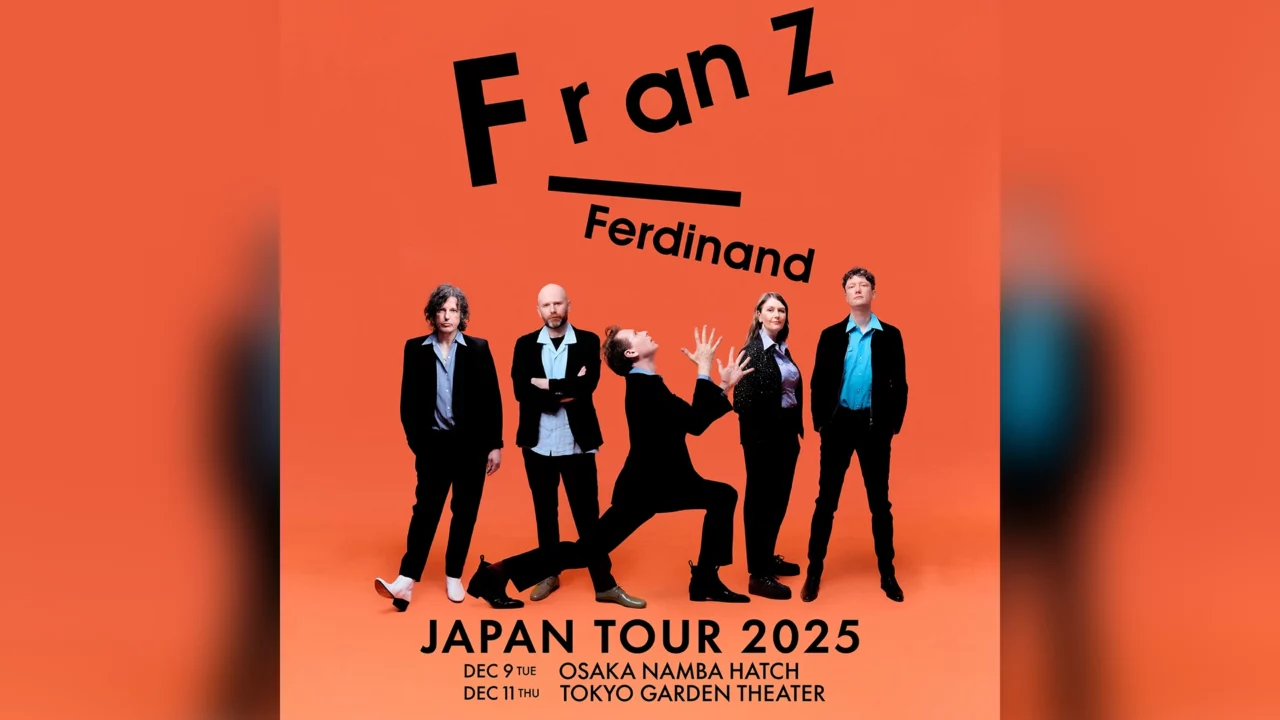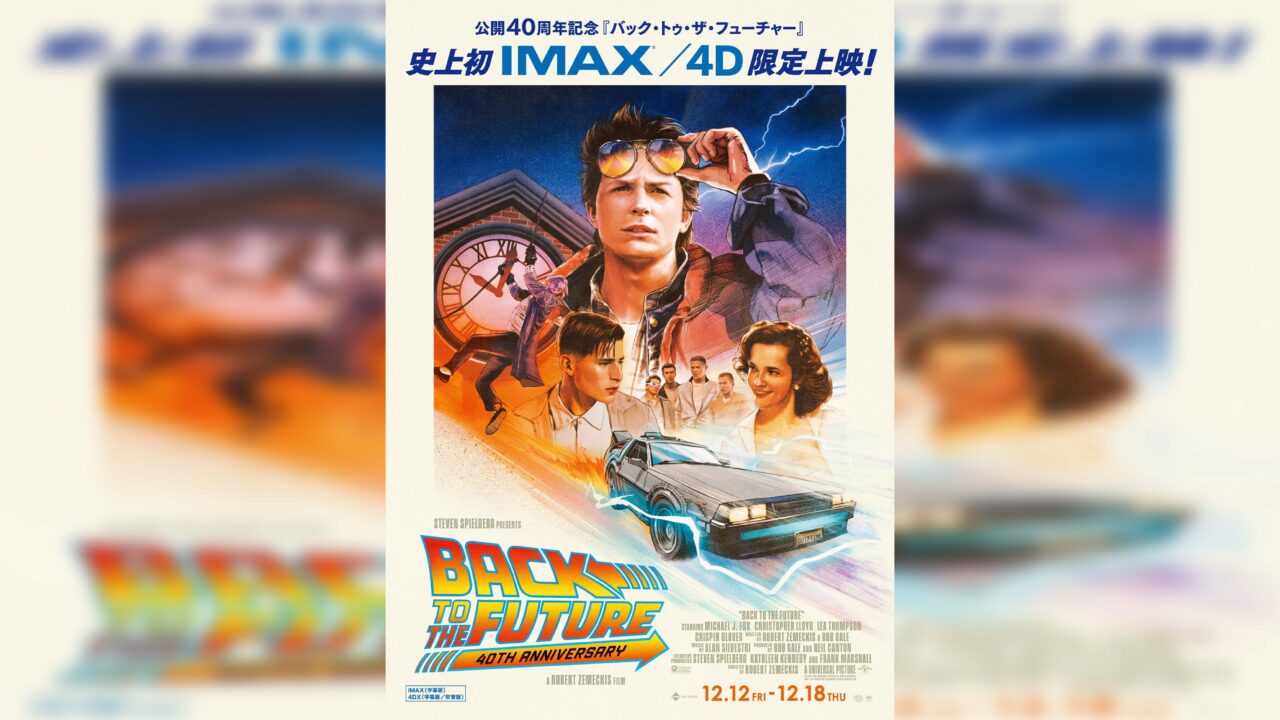A circle of friends connected by goo touching! The “FIST BUMP” corner of the radio program “GRAND MARQUEE” features people who live and enjoy Tokyo in a relay format.
On January 3, Kenji Takahashi, editor-in-chief of the web magazine “Ebisu Shinbun”, was introduced by Paris Nakayama. We asked him about the impetus behind the launch of “Ebisu Shinbun,” which introduces the city of Ebisu, his recommendations for stores, and his “Awa Ebisu,” an initiative to address the aging of the population.
INDEX
Focusing on People in Ebisu with “Ebisu Shinbun,” an Electronic Circular
Celeina (MC): Paris Nakayama, who appeared yesterday, introduced you as the “head of the cheering squad for the city of Ebisu.
Takahashi: Cheering squad leader. I’m kind of nervous. (laughs)
Celeina: “Ebisu Shinbun” is a web magazine that provides trendy information about Ebisu, Tokyo, but what was the reason for starting it?
Takahashi: To begin with, I was born in Nara Prefecture, but after coming to Tokyo, I wanted to live near the girls I liked, so I started living in Ebisu. As I lived there, I felt that people in Ebisu are very close to each other. I thought Ebisu was an interesting town where you could talk to total strangers and say, “You look stylish today,” and I started thinking that I wanted to feature them.
Takano (MC): So that’s how it all started. I had never really experienced the closeness of people in Ebisu.
Takahashi: The image may be that of a fashionable town, but it is a downtown. There are many festivals and private stores that have continued since the postwar period, and I think the people who live here also have a downtown atmosphere.
Takano: When did you actually start producing “Ebisu Shinbun”?
Takahashi: It was after the Great East Japan Earthquake, so around 2012.
Celeina: If you were to introduce “Ebisu Shinbun” to listeners, how would you describe it?
Takahashi: It is like an electronic version of a circular. We also introduce festivals and new store openings, but the emphasis is more on archiving information about the kind of people who live in Ebisu.
Celeina: So you are not only communicating the charms of Ebisu to the outside world, but also encouraging interaction within Ebisu.
Takahashi: It’s more like a media outlet for people within Ebisu to look at, rather than a medium for sending out information to the outside world.
Takano: I thought it was interesting that it also includes information on gourmet food.
Takahashi: Of course we introduce delicious restaurants, but more than that, we focus on how they make their menus, what inspired them to start making them, and why they opened their restaurants.
INDEX
Takahashi’s recommended restaurant “Hanayuki” is a gathering place
Takano: Knowing the background makes going to the restaurant more enjoyable, doesn’t it? If you were to choose a restaurant from the perspective of “Ebisu Shimbun,” Takahashi-san, which restaurant would you recommend?
Takahashi: I find stores that have formed a culture interesting. In that respect, I would recommend a restaurant called “Hanayuki” next to Ebisu Shrine. It is like a human crossroads where creators, theater troupes, and many other people gather, making it a place of encounter.
Celeina:What is your recommendation for “HANAYUKI”?
Takahashi: Yukie, the famous mom. She may seem out of this world, but she is a very polite person. Recently, she came to the elementary school where I work and cooked with the children. I think you have to go to this chaotic restaurant to understand her personality, so please visit.
Celeina:Is it an atmosphere where you can go anywhere?
Takahashi:Yes. You should go there with a “I’m lost” kind of attitude.
INDEX
“Awa Ebisu,” an initiative to address the aging population in Ebisu
Takano: Interesting people gather around interesting people, so in that sense, a unique community must have been created.
Takahashi: That is exactly right. I get the sense that Ebisu’s various cultures are born from there.
Takano: I am curious about that. And I hear that you are also working to address the issue of the aging population in Ebisu.
Takahashi: I think this is a problem that exists in every community, but the people who have continued the festival since before the war are getting older and there are fewer successors. After the Corona disaster, even if you ask them to start a festival, they say, “How did we do that?” or “It’s hard to get up the nerve to do it after four years.
We are trying to help them with our “Awa Ebisu” initiative. Our town was originally named Ebisu after the Yebisu Beer factory that was located here 130 years ago. So we created a system where all the proceeds from beer sold at the festival are given back to the festival goers.
Celeina: I usually go to Ebisu, but I didn’t know that topics like inheriting such festivals were becoming an issue, so I’m glad I learned something.
Takano: Now, I am going to send you a song here. I asked Mr. Takahashi to choose a song that we would all like to listen to together on the radio at this time. Please tell us the reason for your song selection.
Takahashi: It was written by someone I am going to introduce later, but since it was the third day of the New Year, I thought we could listen to a Japanese folk song, and it just so happened that two hours after I chose this song, there was an earthquake off the coast of Noto. Coincidentally, this song is from Toyama, so I thought I would like to cheer people up while listening to this song. Tokyo Minyo Club “Kokiriko-Bushi”.












